Space Saving Ideas and Smart Construction Techniques for Cabin Design
Designing a cabin requires balancing space efficiency, structural integrity, and aesthetic appeal. Whether you're building a compact weekend retreat or a full-time residence, smart construction techniques can maximize functionality without compromising comfort. This guide explores proven space-saving strategies and innovative construction methods to help you create an efficient and beautiful cabin.
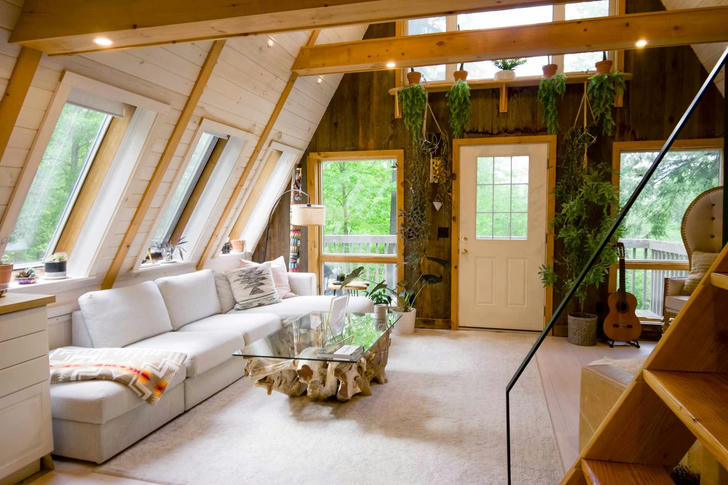
1. Maximizing Space Efficiency

Multi-Functional Furniture & Storage Solutions Efficient space utilization starts with furniture that serves multiple purposes. Murphy beds, which fold into walls, free up floor space during the day, making them ideal for small cabins. Built-in seating with hidden storage beneath benches optimizes every square foot. Studies show that built-in storage can increase usable living space by up to 20%, reducing clutter and improving functionality.
Vertical space should not be overlooked. High ceilings allow for loft spaces, which can serve as extra sleeping areas or storage. A lofted sleeping area in a cabin with a 12-foot ceiling can add up to 100 square feet of additional usable space without increasing the cabin's footprint. Wall-mounted shelves and overhead racks make efficient use of otherwise wasted space.
Another effective method is using collapsible or extendable furniture. A dining table that folds away when not in use, or a couch that converts into a bed, ensures flexibility in small spaces. These space-saving solutions can increase the functionality of a small cabin by 30% while maintaining a sleek design.
Compact Kitchen and Bathroom Design Small kitchens can be both stylish and practical with strategic design choices. Pull-out cutting boards, foldable dining tables, and stackable cookware minimize the required footprint while maintaining usability. European-style compact appliances, such as 24-inch-wide refrigerators and combination washer-dryer units, help save space. In some designs, retractable countertops can be pulled out for meal preparation and then slid back in to free up space.
In bathrooms, corner sinks, wall-mounted toilets, and sliding doors can make a small space feel larger. A pocket door can save up to 10 square feet of space compared to a traditional swinging door. Additionally, walk-in showers with glass panels create an illusion of openness without sacrificing functionality. Installing recessed storage in walls for toiletries and towels is another simple yet effective space-saving technique.
2. Smart Construction Techniques for Durability & Efficiency
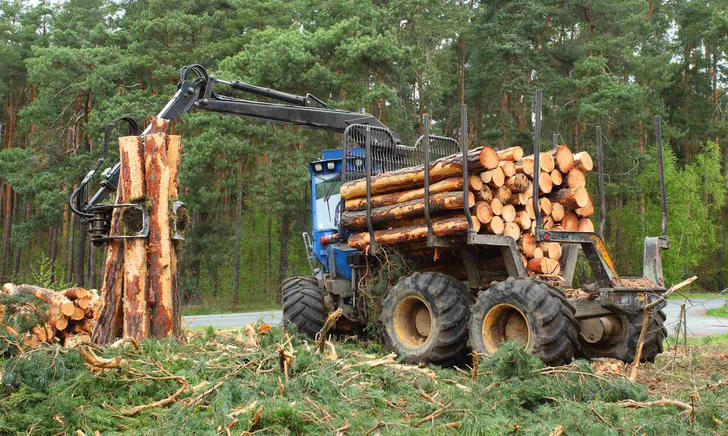
Optimized Framing & Material Selection Advanced framing techniques, such as using 2x6 studs spaced at 24 inches instead of 2x4s at 16 inches, can reduce material costs by up to 20% while improving insulation capacity. Structural Insulated Panels (SIPs) provide superior energy efficiency, reducing heating and cooling costs by 50% compared to traditional wood framing. These construction techniques not only reduce waste but also enhance the longevity of the cabin.
Reclaimed materials, such as salvaged wood and metal, are cost-effective and environmentally friendly. Case studies have shown that using reclaimed wood can lower material expenses by 30% while adding unique character to the design. Another trend in cabin construction is using prefabricated components, which can reduce build time by up to 50% while maintaining high-quality standards.
Insulation & Energy Efficiency A well-insulated cabin is crucial for maintaining comfort year-round. Spray foam insulation has an R-value of approximately 6.5 per inch, significantly reducing heat loss. In comparison, fiberglass batts offer an R-value of around 3.5 per inch. Double or triple-pane windows can further enhance energy efficiency, cutting heating costs by 20-30%.
Proper site orientation also plays a critical role in energy conservation. Positioning a cabin to maximize southern exposure in colder climates can increase passive solar heating by up to 40%. In warmer regions, incorporating extended roof overhangs and strategically placed windows helps reduce cooling costs. In off-grid cabins, investing in solar panels can lead to long-term savings, with a typical 5kW system generating around 7,500 kWh annually.
3. Innovative Design Features for Small Cabins
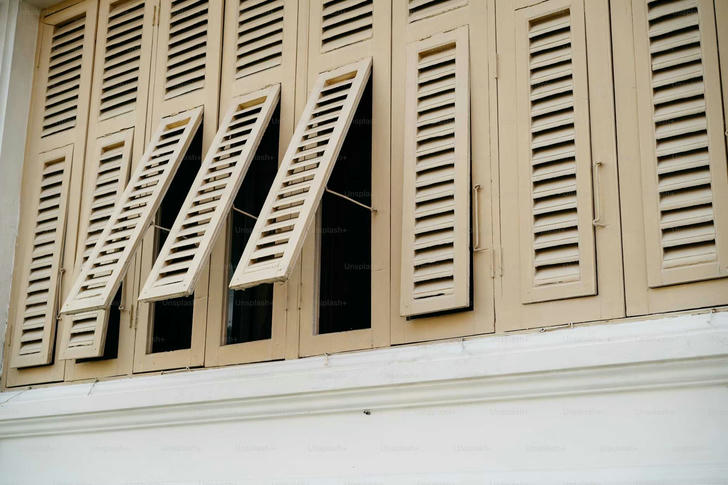
Open Floor Plans for a Spacious Feel Removing unnecessary walls creates a more open and airy atmosphere. An open-plan layout makes a 500-square-foot cabin feel significantly larger than a segmented design. Studies show that open floor plans improve natural light distribution, reducing reliance on artificial lighting by up to 30%.
A unified living space that blends the kitchen, dining, and lounge areas encourages social interaction and maximizes square footage. In smaller cabins, partial dividers such as open shelving or glass partitions maintain openness while defining separate areas. Strategically placed mirrors can further enhance the feeling of spaciousness.
Expandable & Modular Designs Prefabricated modular cabins allow for future expansions. Some designs feature detachable sections, enabling homeowners to start with a small footprint and expand as needed. A modular cabin with a base size of 400 square feet can be extended by 200 square feet later, accommodating growing needs without requiring a complete rebuild.
For those seeking off-grid solutions, modular cabins with pre-installed energy systems, such as solar panels and rainwater collection tanks, provide an eco-friendly approach. These systems make it easier to set up a cabin in remote locations without traditional infrastructure.
4. Case Study: A 600 Sq. Ft. Efficient Cabin in Oregon
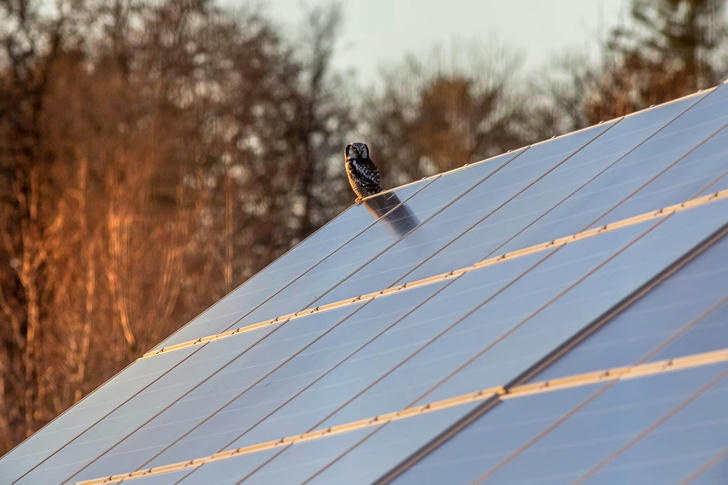
A couple in Oregon built a 600-square-foot off-grid cabin using SIP panels and multi-functional furniture. By integrating vertical storage, an open floor plan, and a lofted sleeping area, they maximized space without sacrificing comfort. Their energy-efficient design, including solar panels and a rainwater collection system, reduced utility costs by 70% compared to similar-sized traditional homes.
Additionally, they incorporated passive cooling strategies, such as cross-ventilation and strategically placed shading, reducing the need for mechanical cooling systems. Their total build cost was approximately $120,000, which was 25% lower than the regional average due to the use of prefabricated materials and DIY efforts in interior finishing.
5. Budgeting & Cost-Saving Strategies

A well-planned budget ensures a cost-effective build without compromising quality. On average, a small cabin (500–800 square feet) costs between $50,000 and $150,000, depending on location, materials, and labor. Breakdown of Common Expenses: Land Purchase: $5,000 – $100,000 (depending on location) Foundation: $5,000 – $30,000 Framing & Roofing: $20,000 – $80,000 Windows & Doors: $5,000 – $20,000 Electrical & Plumbing: $10,000 – $40,000 Insulation & HVAC: $5,000 – $25,000 Interior Finishing: $10,000 – $50,000 Additional Expenses (Permits, Labor, Landscaping): $5,000 – $15,000 Cost-Saving Tips: DIY When Possible – Taking on interior work like flooring, painting, and cabinetry can save 20–30% of labor costs. Use Reclaimed Materials – Salvaged wood and secondhand fixtures can lower material costs by 40%. Choose a Smaller Footprint – Reducing the square footage by 10–20% can significantly lower overall costs without sacrificing comfort. Invest in Energy Efficiency – Solar panels and high-performance insulation may cost more initially but save thousands in long-term utility bills.
Conclusion
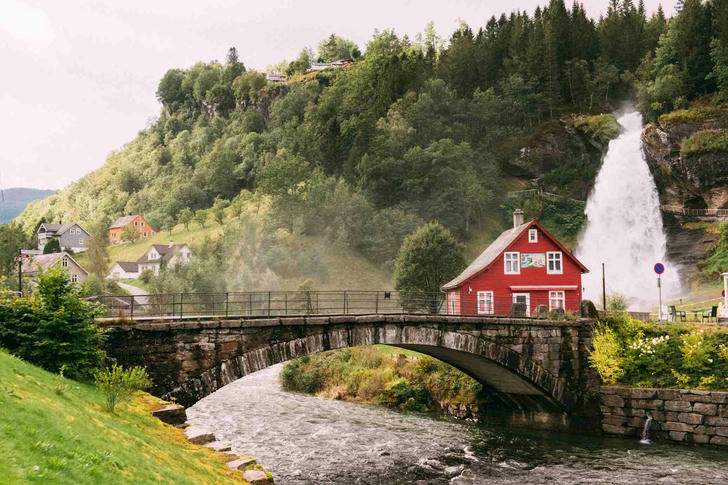
Designing a cabin with space efficiency and smart construction techniques in mind enhances both functionality and longevity. By incorporating multi-purpose furniture, advanced framing methods, and energy-efficient materials, you can create a durable, cost-effective, and comfortable retreat. Whether you’re building a compact weekend getaway or a long-term residence, these strategies ensure your cabin is both practical and beautiful for years to come.
